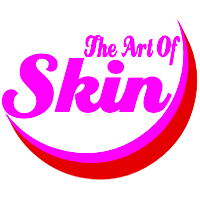Herpes simplex is a common viral infection. In fact, if you’ve ever had a cold sore or fever blister, you picked up the herpes simplex virus.
Similar Services
Shingles
Shingles is a viral infection caused by reactivation of the chickenpox virus in the body, causing a painful, blistering rash. You can get shingles if you’ve had chickenpox when you were young, as the virus that caused chickenpox is still inside your body. When the chickenpox cleared, the virus moved from your skin to your nerves. If this virus travels back to your skin, you’ll get shingles instead of chickenpox.
How do you know if you have shingles? The American Academy of Dermatology cites these symptoms:
- 1 to 2 days before rash appears: You may have pain, burning or tingling on an area of skin where the rash will develop
- Rash appears: It usually appears on one side of your body, often on the torso. However, it can appear anywhere on your skin. You may get more blisters after the rash appears
Rash starts to clear: As the rash clears, the blisters may crack open, bleed and scab over. For most people, the rash will clear within 2 to 4 weeks.
Warts
Warts are bumps that may show up on your body, often on your hands and feet. While not benign (not cancerous) skin growths, they can appear when a virus infects the top layer of the skin. Viruses that cause warts are called human papillomavirus (HPV). You’re more likely to get one of these viruses if you cut or damage your skin in some way.
Wart viruses are contagious and can spread by contact with the wart or something that touched the wart. They’re often skin-colored and feel rough, but they can be dark brown or gray-black, flat and smooth.
There are a few different types of warts, but they all have common traits: they grow most often on the fingers, around the nails, and on the backs of the hands. They’re more common where skin was broken from biting fingernails or picking at hangnails. They can have black dots that look like seeds (often called “seed” warts), and most often feel like rough bumps.
Warts are not serious, but they may spread easily.
Let’s connect.
Have questions? Want to schedule an appointment? Simply complete the form and we’ll get back to you within 24 hours.
